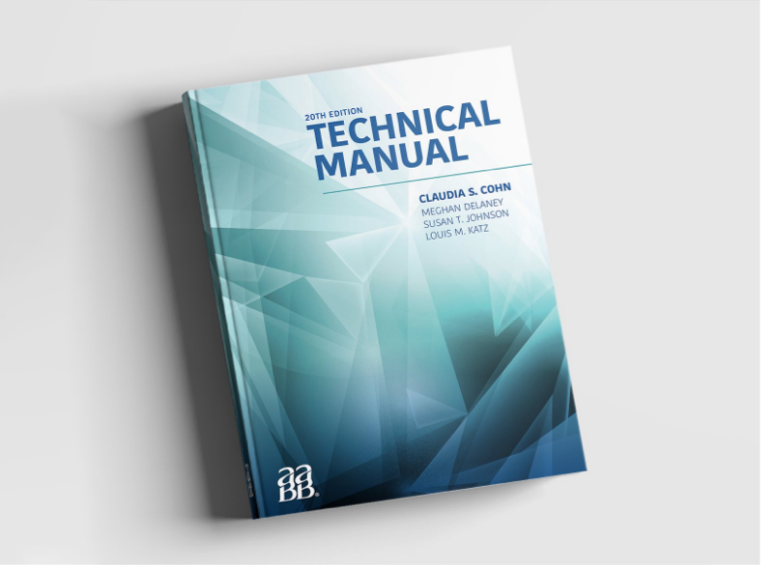Laboratory Quality Management

The primary goal of Quality Management in clinical laboratories, including blood banks and transfusion services, is to provide high quality products or services to each customer. Quality processes and procedures are put in place to assure the appropriate use of laboratory instruments and reagents, train and educate laboratory personnel and supervisors, monitor testing and correct and prevent errors.

Organizations Promoting Laboratory Quality Management
The International Organization for Standardization (ISO) 15189 is a independent, non-governmental international entity that provides standards specific for laboratory medicine. In the United States, Centers for Medicare and Medicaid Services (CMS), Clinical Laboratory Improvement Amendments (CLIA) and the Food and Drug Administration (FDA) require formal quality assurance programs for blood bank laboratories. Furthermore, professional and accrediting organizations such as the AABB (Association for the Advancement of Blood and Biotherapies), College of American Pathologists (CAP), and the Clinical & Laboratory Standards Institute (CLSI) have also established guidelines to promote the highest standards of care for patients and donors.
Principles of Quality Management in the Laboratory
Principles of quality management in the blood bank laboratory are well described in Chapter 1 of the 20th edition, AABB Technical Manual,1 including key aspects as mentioned above but also focus on the establishment of a defined structure of the organization and its leadership, careful selection of suppliers and material, process control through policies and validations, thorough documentation, controlled access to information, monitoring of quality indicators and safety of the work environment.

Continuous Process Improvement
Furthermore, continuous process improvement plays a key role in each quality program. Advancements in quality and patient safety can only be achieved through rigorous monitoring, implementation of preventive and/or corrective actions, internal and external audits, QC records as well as thorough complaint handling and follow up.
References
Transfusion Medicine for Pathologists. Chapter 9: Introduction to quality management system. 2018 Elsevier Inc.
Cohn CS, Delaney M, Johnson ST, Katz LM. Technical Manual 20th Edition, Chapter 1, 2020
International Standard ISO15189. First edition 2004-07-15. Clinical laboratory medicine – In vitro diagnostic medical devices –validation of user quality control procedures by the manufacturer.
¹ AABB is an international, not-for-profit Association representing individuals and institutions involved in the fields of transfusion medicine and biotherapies. The Association is committed to improving health through the development and delivery of standards, accreditation and educational programs that focus on optimizing patient and donor care and safety. Website: www.aabb.org